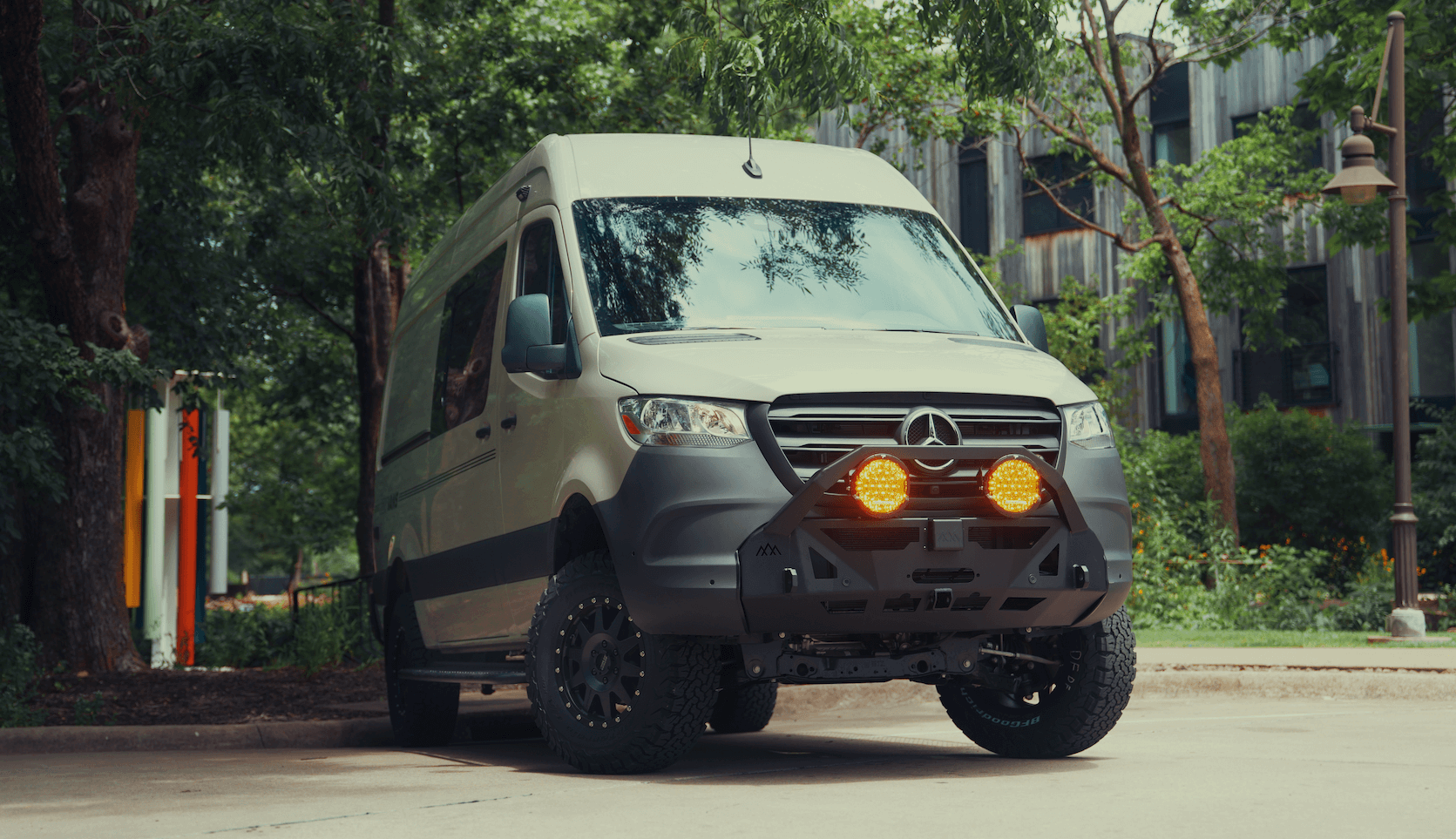Recreational Vans

Undercoating is a sacrificial shield for the vulnerable underbody. It seals the chassis and wheel wells from water, oxygen, and road contaminants that drive corrosion. When salt brine, gravel, and mud try to stick, the coating takes the hit instead of the metal. The result is slower rust formation, fewer stone chips, and less trapped moisture in seams and pinch welds. Many products also quiet the cabin by damping resonance in large panels.
Undercoating is not a cure for rust that has already spread. It is a preventive system that works best on clean metal or properly prepared surfaces. If corrosion has started, the area must be repaired or stabilized before coating. The quality of surface prep and film build is what separates short term cosmetic coverage from durable protection measured in seasons, not weeks.
No single formula fits every use case. Choosing a chemistry should match climate, driving mix, and service expectations.
Rubberized products create a flexible, chip resistant skin that also reduces noise. They adhere well over properly primed metal and resist road abrasion. They are popular for vans and trucks that mix highway miles with dirt roads. The downside is that thick layers can hide developing issues if inspections are skipped.
Cavity wax and oil based sprays creep into seams and inside boxed sections where brushes and rollers cannot reach. They are excellent for internal panels, pinch welds, and crossmembers. These films may need periodic refresh since they remain softer, but their self healing nature is valuable in tight overlaps where rust starts first.
Epoxy primers and polyurethane topcoats build a hard, chemical resistant shell with strong adhesion to clean, etched metal. They are ideal when long life is the priority and prep can be thorough. They require controlled application, proper cure windows, and careful masking around heat sources and moving suspension parts.
Asphalt or bitumen products deliver thick impact protection and sound control for heavy duty service. They can be messy to rework and are harder to remove for future repairs. They make sense for high abrasion zones like wheel wells and rock facing surfaces but are less common in modern restorations that favor lighter, paintable systems.
Proper prep is the backbone of a lasting undercoat. Start with a complete wash including a degreaser to remove road film and oils. Mechanical cleaning follows with brushes or media where needed, then rust treatment or priming for any bare or stabilized metal. Dry time matters. Coatings should only go on when the underbody is clean and dry, including hidden areas where moisture lingers.
Masking protects exhausts, brake rotors, sensors, and drain paths. Even film thickness is critical. Too thin and the shield chips quickly. Too thick and it can trap solvents or hide cracks. Cure time follows label guidance and ambient conditions. Some products skin over fast but take days to fully harden. Avoid pressure washing or gravel roads until the film has cured through.
Inspection is part of the program. Plan seasonal checks, especially after winter. Look for nicks at leading edges, jack points, and around tires where spray is strongest. Touch up small breaks before they spread. Do not ignore drains and weep holes; coatings should never block water escape paths.
Pricing depends on vehicle size, chemistry, and prep complexity. Expect a range from budget cavity wax refreshes to multi step primer and topcoat systems for larger vans. Value shows up years later when fasteners break free, weld seams stay intact, and the underbody keeps its integrity.
Adventure travel, commercial duty, and long road trips expose underbodies to extremes that demand clean prep and the right chemistry. A well planned undercoating program considers your route mix, climate, storage, and how long you plan to keep the vehicle. Vans that live in humid forests need different attention than rigs that cross salted mountain passes all winter. The goal is not just a black finish. The goal is a breathable, inspected shield that keeps corrosion at bay while preserving service access to brakes, suspension, and wiring.
If you are mapping a new build or refreshing a trusted van, a professional application aligns product choice with the way you drive. That means cavity wax inside boxed rails, a resilient outer coating in wheel arches, and careful masking around heat and moving parts. An expert team documents the process, sets a maintenance schedule, and hands you a vehicle ready for the next season.
Explore more about complete travel rigs at Recreational vans by OZK. When you are ready to tailor a platform to your trips, see Custom van builds, or browse Mainstream vans for finance friendly options that can be protected from day one.
Strong finishes start with the right plan. Tell us where you drive, how you camp, and what you haul. We will recommend a protection system that fits your route and season, then apply it with care in Fayetteville so your chassis stays clean and serviceable.
Ready to protect your build from rust and road grime? Our team in Fayetteville delivers clean prep, correct chemistry, and even coverage tailored to your van or overland rig. Tell us how you drive, where you travel, and your long term plans—we will spec the right undercoating system and finish it with service you can count on. Fill out the form and we will map your protection plan today.
ADDRESS:
6159 E Huntsville Rd, Fayetteville, AR 72701
PHONE:
(479) 326-9200
EMAIL:
info@ozkvans.com